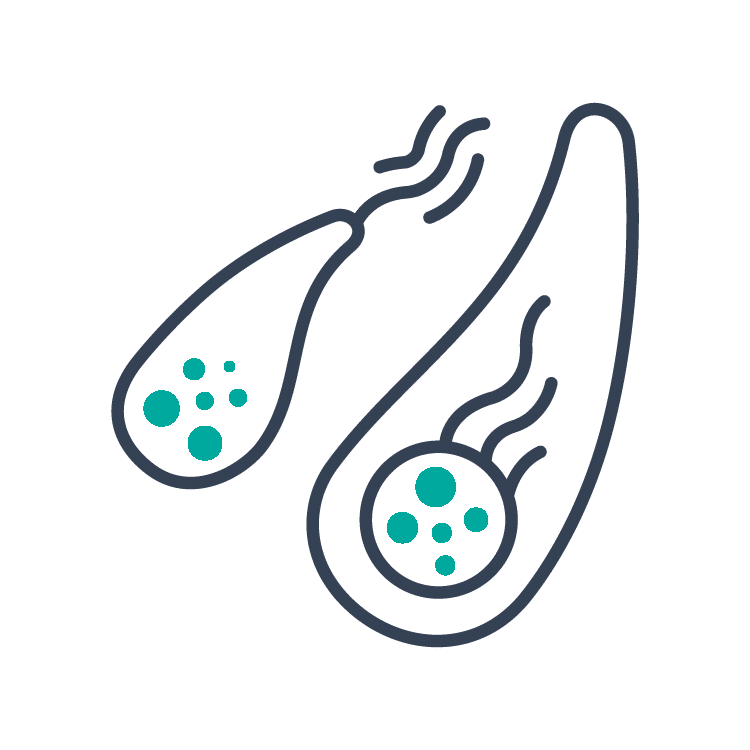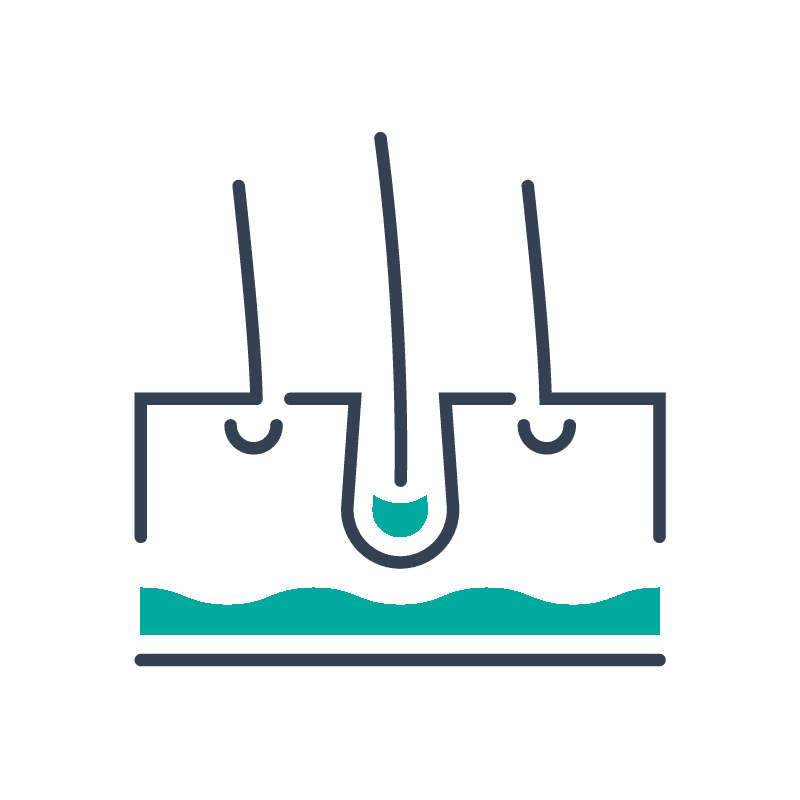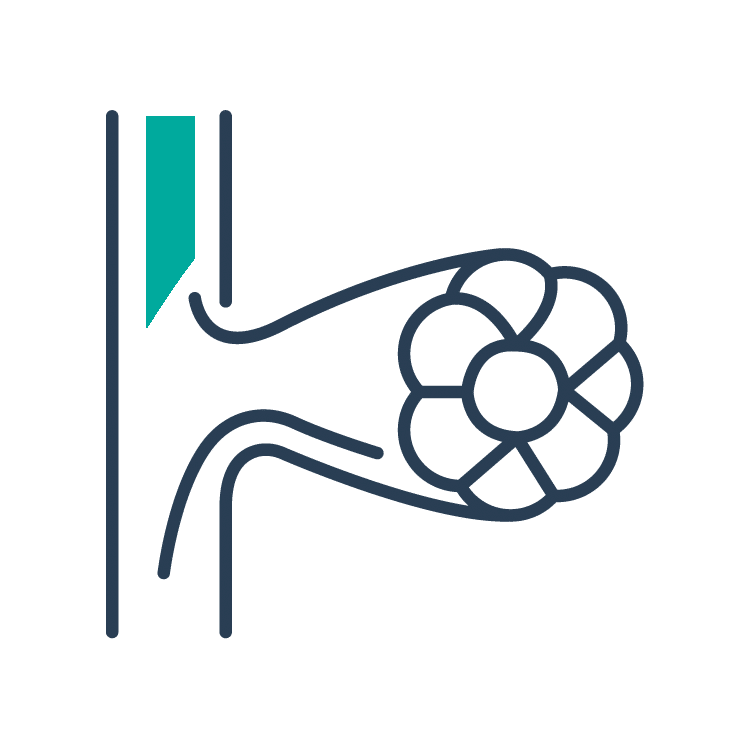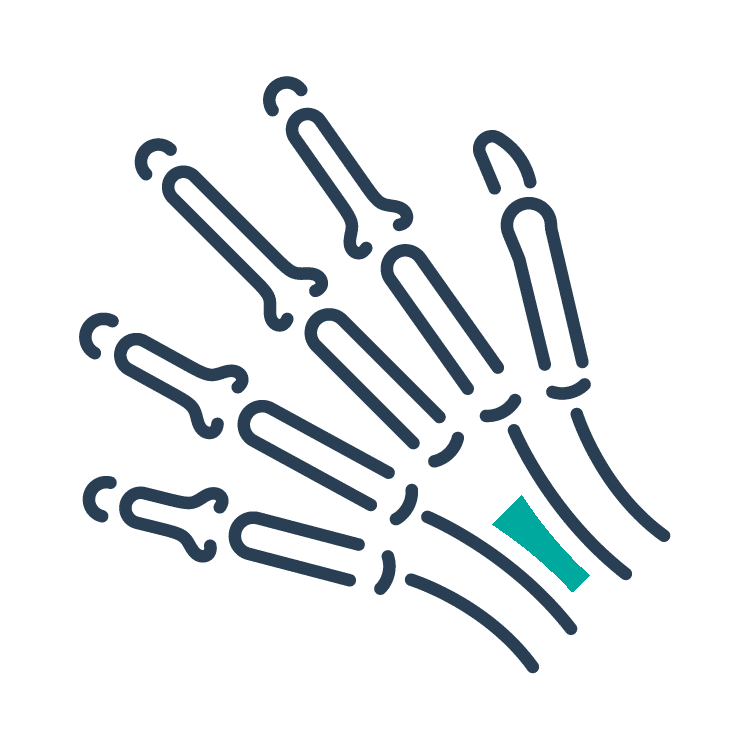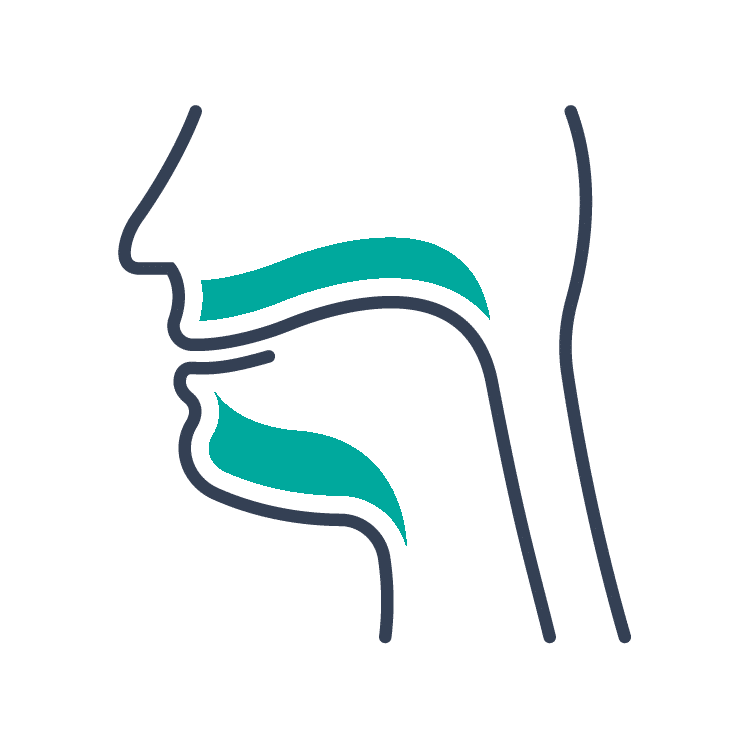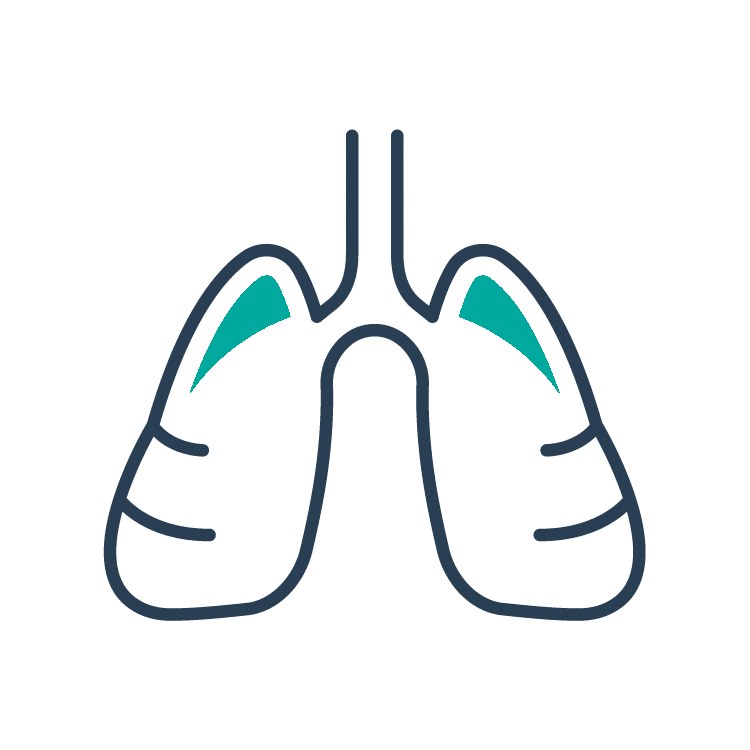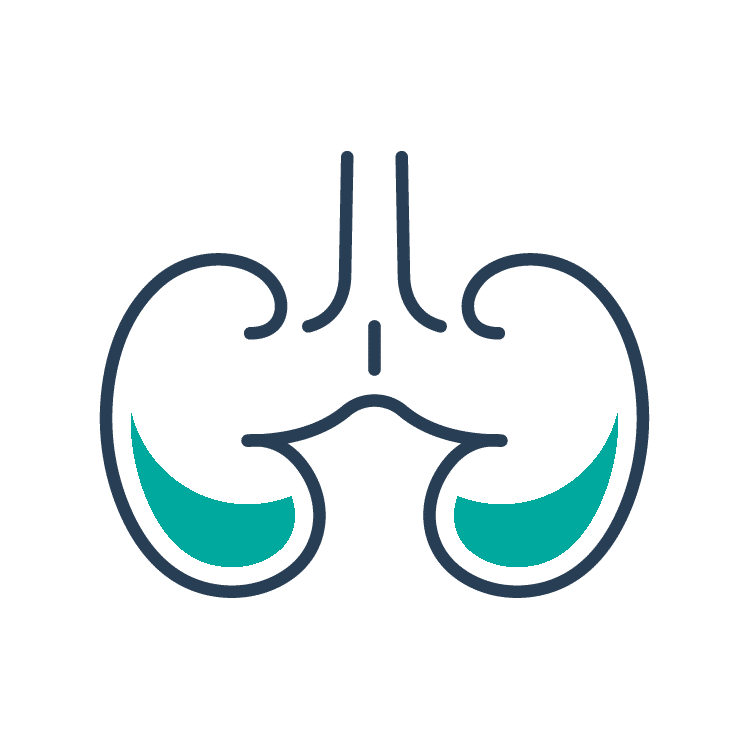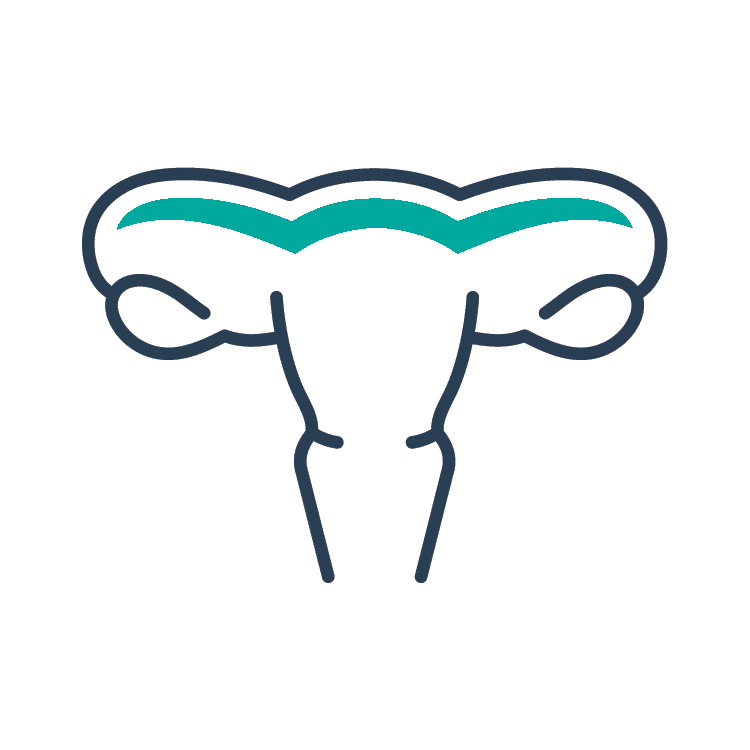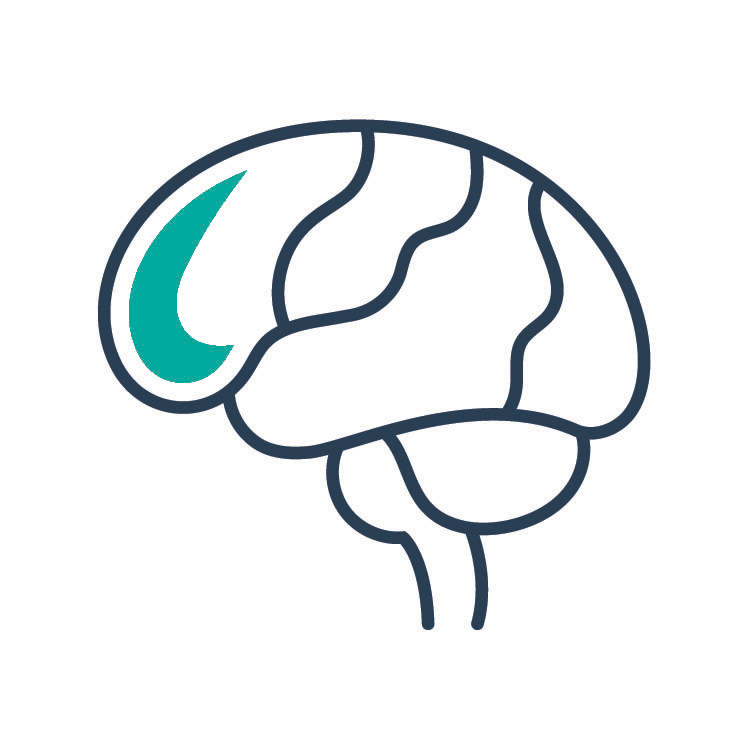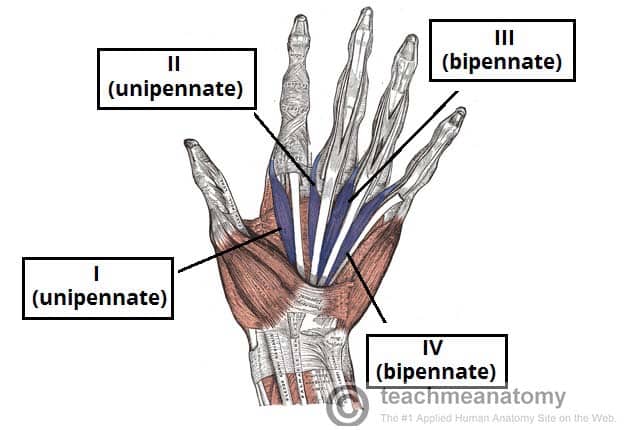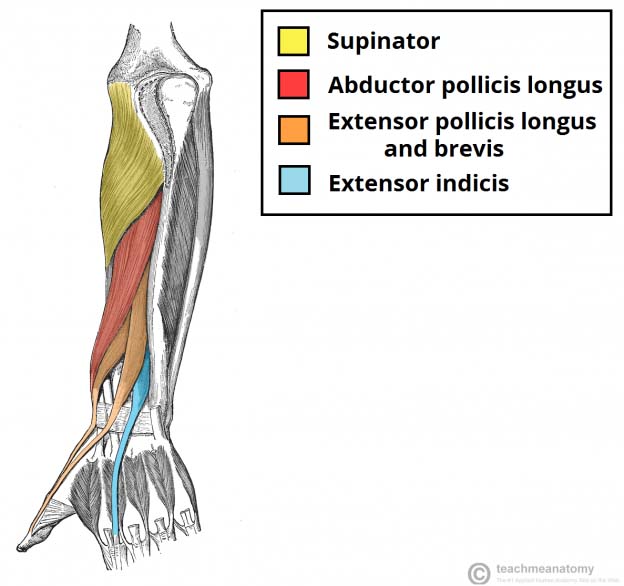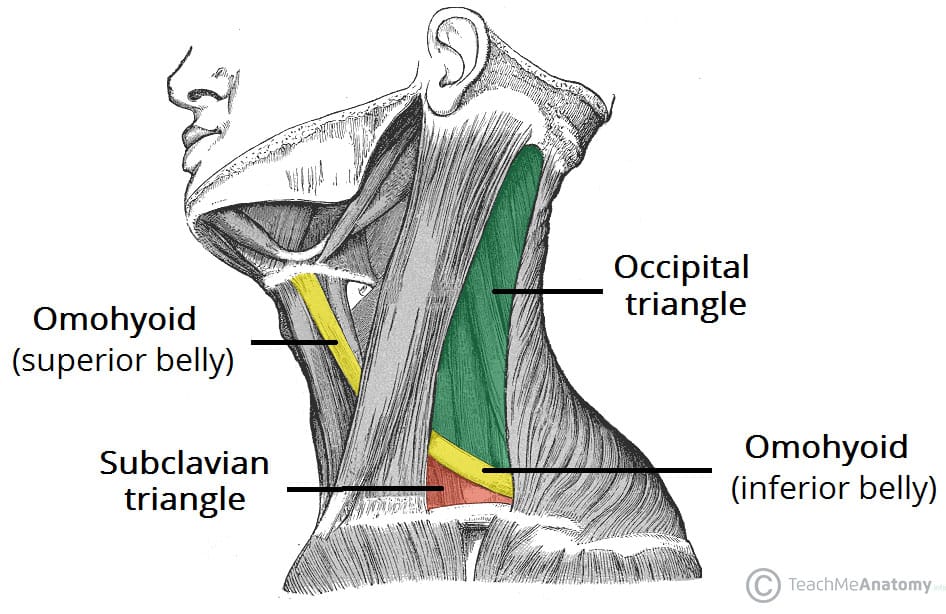In our article on weeks 1-3 of embryonic development you’ll learn that the first stage of development starts off with fertilisation. This is the process of male sperm fusing with the female ovum and it’s the basis of the embryology covered in the article. After fertilisation, there is the formation of the inner cell mass and outer cell mass and the zygote eventually becomes a blastocyst which is then ready for implantation.
The inner cell mass of the embryo then undergoes a highly specalised transformation called gastrulation in which the bilaminar disk of the inner cell mass is displaced to become a trilaminar disk; thus, forming the three germ layers we know: ectoderm, mesoderm and endoderm.
The skin, which is ectoderm derived, then is innervated by spinal nerves and a “single area of skin innervated by a single spinal nerve” is what we call a dermatome. Likewise, “a group of muscles innervated by a single spinal nerve” is called a myotome. Learn more about which movement is associated with each myotome in our article on Embryology– myotomes.
The cardiovascular system is one of the early systems to appear within embryological growth. In our article on the development of the cardiovascular system we will discuss how the primitive heart tube forms the more well-known four chamber system found within us. The main principles include lateral folding of the primitive heart tube to create an input and an output followed by cephalocaudal (head to tail) folding to place the heart tube in the correct region within the thorax. As the heart grows it loops pushing the primitive atria superiorly and posteriorly and the primitive ventricle inferiorly and anteriorly.
The development of the face, head and the neck are closely linked with each other and depend on certain structures known as pharyngeal arches. These arches are of mesenchymal origin which along with the frontonasal prominence form the face.
The development of the reproductive and urinary systems is very closely linked as they share a common caudal endpoint known as the cloaca. Both systems are derived from the intermediate mesoderm from the gonadal ridge. To learn about each of their development in detail, see our article on the development of reproductive and urinary systems respectively.
Finally, the respiratory system develops as a diverticulum from the oesophagus and the primitive gut tube. The formation of the trachoesophageal septum separates the two structures.
In this section, learn more about the Embryology and the development of all the major systems.
